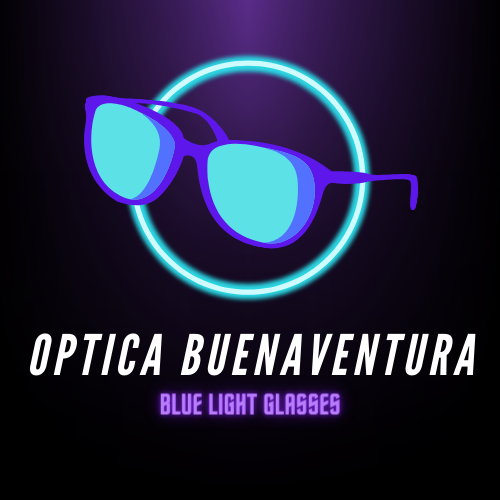Different Types of Lenses for Eyeglasses
Eyeglasses are not just a simple accessory to enhance our vision; they are an essential tool for many people to ensure clear and sharp eyesight. With the advancement of technology and the ever-evolving world of fashionable eyewear, there is a wide range of lenses available to meet individual needs. Let’s explore the different types of lenses for eyeglasses and their specific benefits.
1. Single Vision Lenses: These lenses correct nearsightedness (myopia), farsightedness (hypermetropia), and astigmatism. They have a fixed prescription power throughout the entire lens and are suitable for people who need correction for a single vision condition. Single vision lenses can be made of various materials, such as glass or plastic, and can also be coated to provide additional features like scratch resistance or UV protection.
2. Bifocal Lenses: Bifocal lenses are specifically designed for individuals who suffer from both nearsightedness and farsightedness or experience difficulty with near vision due to presbyopia. These lenses have two distinct areas, divided by a visible line, enabling the wearer to see objects at different distances without constantly changing their glasses. The top portion of the lens is for distance vision, whereas the lower portion corrects near vision.
3. Trifocal Lenses: Trifocal lenses are similar to bifocal lenses, but with an additional segment for intermediate vision. These lenses are suitable for individuals who have presbyopia and need correction for both distance and near vision, along with intermediate distances, like viewing a computer screen. Trifocal lenses have larger visible lines separating the three segments, providing clear vision at different focal lengths.
4. Progressive Lenses: Progressive lenses, also known as varifocal lenses, are a modern alternative to bifocals and trifocals. They provide a seamless transition between different vision zones without the visibility of lines. Progressive lenses have a gradient of prescription power, allowing the wearer to focus on objects at varying distances. They are a popular choice for those who need correction for multiple vision conditions but prefer a more aesthetically pleasing and natural appearance.
5. Photochromic Lenses: Photochromic lenses, commonly known as transition lenses, offer the advantages of prescription glasses and sunglasses combined into one lens. These lenses darken when exposed to sunlight, allowing them to function as sunglasses, and then return to their clear state when indoors. Transition lenses are perfect for those who frequently move in and out of different lighting conditions and do not wish to carry multiple pairs of glasses.
6. High-Index Lenses: High-index lenses are ideal for individuals with strong prescriptions, as they are thinner and lighter than traditional lenses. They refract light more efficiently, enabling less material to achieve the same corrective effect. High-index lenses not only provide an aesthetic benefit by reducing the thickness of the lens but also offer better visual clarity due to reduced distortions caused by thicker lenses.
7. Blue Light Blocking Lenses: In today’s digital era, many people spend a significant amount of time in front of screens, which emit harmful blue light. Blue light blocking lenses help reduce eye strain, fatigue, and the potential long-term effects of blue light exposure. These lenses contain a special coating that filters out blue light, providing a more comfortable and safer visual experience, especially for those who work extensively on computers or use electronic devices regularly.
Choosing the right lens for your eyeglasses depends on various factors, including your prescription, lifestyle, and personal preferences. Consulting with an optician or eyecare professional can help determine the most suitable lens for your needs. With the vast array of options available, there is undoubtedly a lens for everyone, ensuring clear and comfortable vision for all.
